Major market players are spending a lot of money on R&D to increase their product lines, which will help the Refining Catalyst market grow even more. Market participants are also taking a range of strategic initiatives to grow their worldwide footprint, with key market developments such as new product launches, contractual agreements, mergers and acquisitions, increased investments, and collaboration with other organizations. Competitors in the Refining Catalyst industry must offer cost-effective items to expand and survive in an increasingly competitive and rising market environment.
The major market players are investing a lot of money in R&D to expand their product lines, which will spur further market growth for Refining Catalyst. With significant market development like new product releases, contractual agreements, mergers and acquisitions, increased investments, and collaboration with other organizations, market participants are also undertaking various strategic activities to expand their global presence. To grow and thrive in a market climate that is becoming more competitive and growing, competitors in the Refining Catalyst industry must offer affordable products.
Manufacturing locally to cut operating costs is one of the main business tactics manufacturers use in the global Refining Catalyst industry to benefit customers and expand the market sector. Major Refining Catalyst market players, including Albemarle Corporation. W. R. Grace & Co., Haldor Topsoe A/S, Honeywell, Uop Llc., Criterion Catalysts & Technologies L.P, Axens Sa, BASF SE, China Petroleum & Chemical Corporation, Clariant International Ltd, and Johnson Matthey Plc, and others, are attempting to increase market demand by funding R&D initiatives.
Albemarle Corporation is a global specialty chemicals company headquartered in Charlotte, North Carolina, United States. Albemarle operates in three business segments, Lithium: This segment produces lithium compounds that are used in batteries for electric vehicles and energy storage applications. Bromine Specialties: This segment produces bromine and bromine-based products that are used in flame retardants, oil and gas drilling, and water purification. Catalysts: This segment produces catalysts that are used in various refining processes to improve efficiency and reduce emissions.
Honeywell International Inc. is a diversified technology and manufacturing company based in Charlotte, North Carolina, United States. Honeywell operates in four main business segments Aerospace: This segment produces advanced systems and components for commercial and military aircraft, as well as space vehicles and equipment. Building Technologies: This segment provides technologies and services for commercial buildings, including heating, ventilation, and air conditioning (HVAC) systems, security systems, and energy management systems. Performance Materials and Technologies: This segment produces materials and technologies for various industries, including petrochemicals, refining, and renewable energy.
Safety and Productivity Solutions: This segment provides products and services to improve worker safety and productivity, including personal protective equipment, gas detection instruments, and mobile computing devices.
Evonik introduced Octamax, a novel catalyst product that is extremely sustainable and enhances the efficacy of sulfur removal for refinery fuel, in 2024. The method uses specially chosen NiMo and CoMo catalysts that have been improved and regenerated under ideal circumstances for use in cracked gasoline hydrodesulfurization (HDS) units. In order to satisfy the needs of the current gasoline pool, Evonik's economical solution boosts the removal of sulfur and enhances the retention of octane level, expanding the business line's sustainable catalyst offers for refinery applications.
The launch of W. R. Grace & Co.'s PARAGONTM FCC catalyst, which combines a unique Vanadium (V) trap based on rare earth elements into high matrix surface area catalyst solutions for the FCC unit, is scheduled for 2023. Refiners may process a variety of feedstocks more profitably by expanding their FCC operating window and increasing their flexibility with PARAGON technology. Significantly, this method improves conversion at constant coke yield and maximizes bottoms upgrading of feedstocks, enabling refiners to produce fuels in a more sustainable way.
The PARAGON catalyst expands on Grace's MIDAS® catalyst platform's metal tolerance and is the outcome of a multi-year research and development initiative aimed at creating an enhanced Vanadium trap.
Verdium, a novel method of processing recycled metal based on mass balance, was introduced in 2023 by BASF Environmental Catalyst and Metal Solutions (ECMS). Recycled platinum group metals (PGMs), according to ECMS, are vital minerals used in catalysts and are necessary for the supply of platinum, palladium, and rhodium.


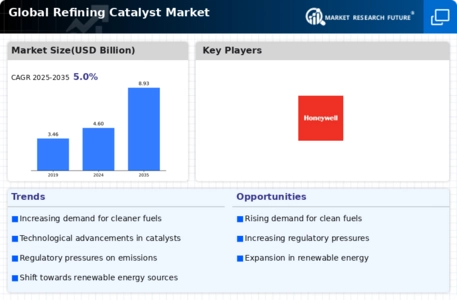

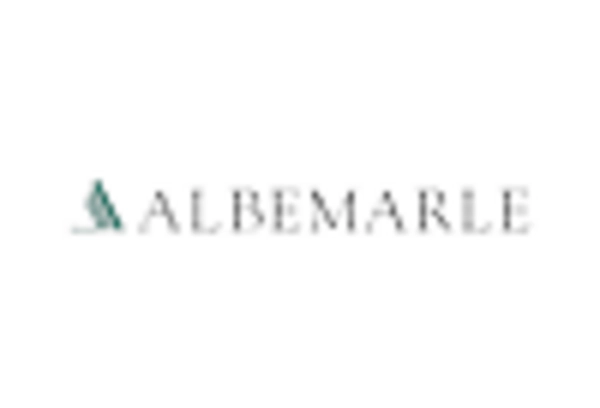


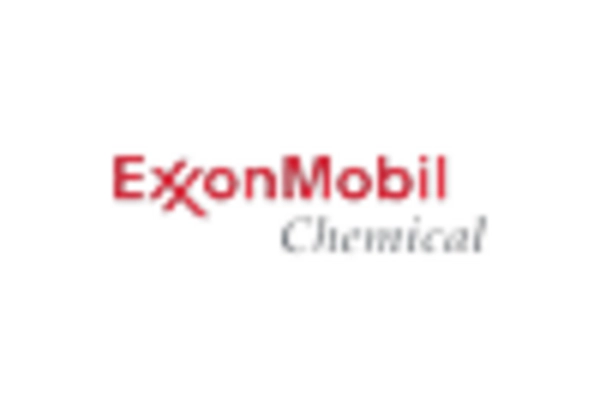
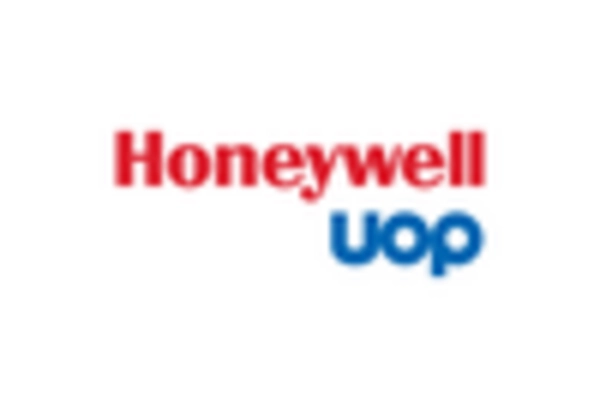
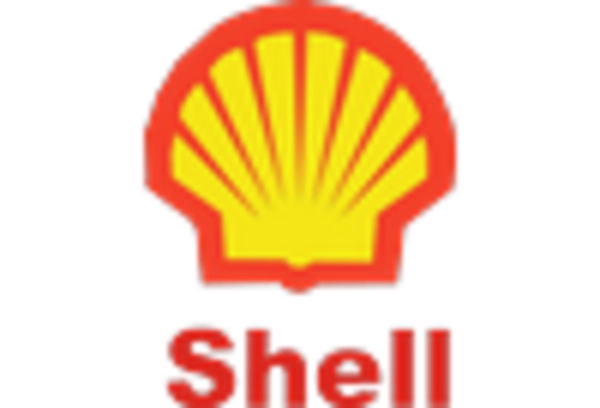








Leave a Comment